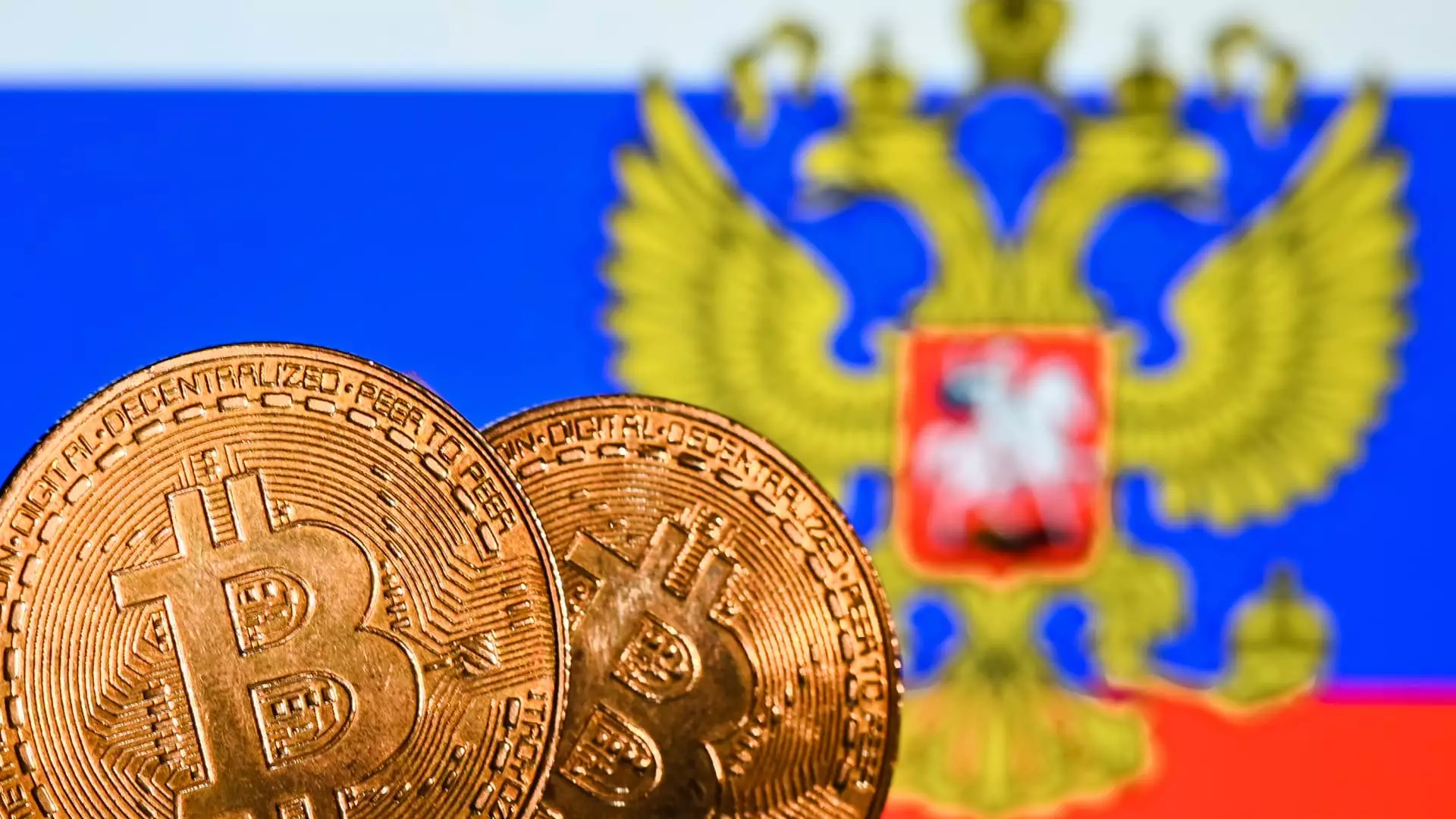On Tuesday, Russian lawmakers made a significant move by approving a new law that allows businesses to use cryptocurrency for international payments. The State Duma, the lower house of the Russian Parliament, gave the initial green light to the legislation, marking a historic decision in the financial sphere. Anatoly Aksakov, the head of the Duma, emphasized the importance of this move, stating that it opens up new opportunities for businesses in Russia to engage in cross-border trade using cryptocurrencies.
The decision to permit the use of cryptocurrency for international payments signals a shift in Russia’s stance on digital assets. In the past, Russia was hesitant to embrace cryptocurrencies, fearing the potential risks they posed to financial stability and monetary policy sovereignty. However, the increasing popularity and adoption of cryptocurrencies globally have compelled Russia to reconsider its position. Mati Greenspan, CEO of Quantum Economics, noted that the use of cryptocurrencies, such as Bitcoin, provides a level of transactional freedom that cannot be censored or blocked by governments or banks.
The approval of cryptocurrency for international payments comes at a time when Bitcoin prices have more than doubled in the past year. The optimism surrounding the approval of the first U.S. spot Bitcoin exchange-traded funds and the halving event, which reduces the supply of new tokens, has contributed to Bitcoin’s surge in value. This decision also aligns with Russia’s need to navigate ongoing financial pressure from Western sanctions imposed in response to its actions in Ukraine.
In addition to permitting Russian businesses to use cryptocurrencies for international transactions, the Russian central bank will also be allowed to move money overseas using private digital currencies. Elvira Nabiullina, the Russian central bank governor, announced that crypto-based payments would be implemented by the end of 2024. This commitment marks a significant change from the central bank’s previous proposal to ban the use of cryptocurrencies for transactions and mining due to perceived threats to financial stability.
Apart from embracing cryptocurrencies for international payments, Russia is also looking into the implementation of a digital version of the ruble. Central Bank Governor Nabiullina revealed plans to move away from a pilot phase towards mass implementation of the digital ruble by July 2025. This move indicates Russia’s intention to modernize its payment system and facilitate cross-border trade with other countries that may be subject to U.S. sanctions.
Quantum Economics’ Greenspan highlighted the importance of Russia’s decision to accept cryptocurrency from a global trade perspective. He emphasized that using cryptocurrencies for cross-border payments can help Russian businesses engage with countries and businesses that would otherwise be off-limits due to sanctions. While cryptocurrencies have been associated with illicit activities, proponents argue that the transparent nature of blockchain technology can serve as a tool for countering such activities by providing a secure and immutable record of transactions.
Russia’s approval of using cryptocurrency for international payments represents a significant step towards embracing digital assets as a means of conducting business on a global scale. This move not only reflects a shift in Russia’s attitude towards cryptocurrencies but also underscores the country’s efforts to navigate financial challenges posed by Western sanctions. By leveraging cryptocurrencies for cross-border trade and exploring the potential of a digital ruble, Russia is positioning itself to adapt to the evolving landscape of international finance.

